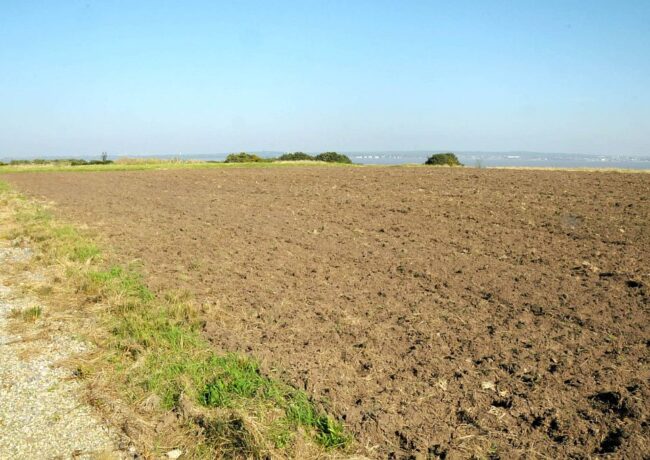Co-op burial site to become bee meadow
Five acres of new grassland and wildflower meadow are being created in Eastham, Wirral by the Co-operative Funeralcare to boost the UK's dwindling bee population.
Based at the Co-operative Funeralcare's woodland burial ground, Mayfields Woodland Remembrance Park, a mixture of wet grassland and wildflowers will be developed to provide new habitats for pollinators.
The project is part of the Co-operative Group's £750,000 Plan Bee campaign to reverse the decline of UK bee and pollinator populations. Ragwort and thick grasses have been cleared and the ground prepared for sowing seeds which will provide new habitats for the pollinators. Mayfields Park consist of 18 acres of natural countryside, gorse thickets and developing woodland burial sections. Phil Williams, funeral director at Mayfields Park, said: "We are keen to encourage native flowers and wildlife to flourish within our grounds so supporting Plan Bee is a natural next step for us. Our grounds are set within acres of countryside and the new wildflower meadows will provide not only a beautiful resting place for loved ones, but also a new home for these important insects."
Paul Monaghan, head of social goals at the Co-operative, said: "The UK has lost an alarming 97% of its wildflower meadows since the 1930s which has had a major impact on numbers of pollinators such as bumblebees and butterflies. Given that honeybees pollinate a third of the food we eat, a further decline in their numbers could have a devastating impact on our diets in the long run. These wildflower meadows will offer a rich habitat for honeybees and a host of other pollinators such as hoverflies, butterflies and moths, providing the nectar and pollen they need."
The development of the wildflower section will be carried out by the on-site team at the woodland burial grounds in conjunction with producer of UK native flora, BritishFlora. Betony, Harebell, Devil's-Bit Scabious and Bird's-Foots Trefoil are among the wildflowers which will be planted and will bloom in spring.
Liz Powell, ecologist for BritishFlora, said: "Ecological interactions within a wildflower meadow are very important from the micro-organisms within the soil, to the plants that grow in the soil, and invertebrates, reptiles, birds and mammals that are dependent on these native species-rich plant communities.
"The creation of these wildflower habitats is an important contribution towards the restoration of our former species-rich meadows.
"Mayfields was a particular challenge due the presence of lots of ragwort and very tussocky thick grass with localized wet areas. Seeds of UK and local provenance have been sourced to ensure adaptation to local environmental conditions."





It’s all well and good but what about wasps?
By Brian